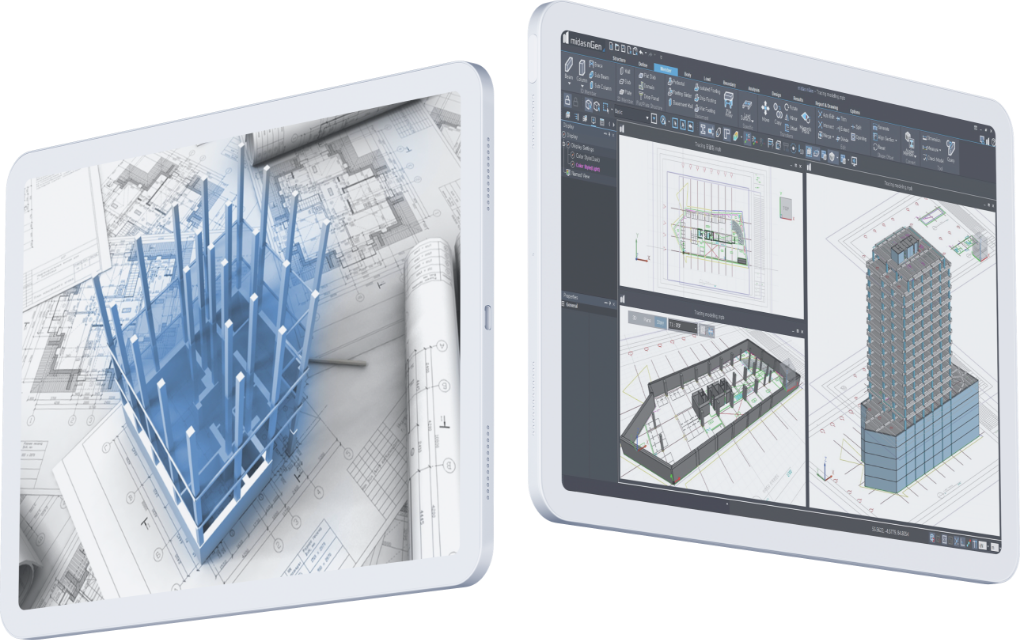

- #Midas gen transfer beam how to
- #Midas gen transfer beam full
- #Midas gen transfer beam software
- #Midas gen transfer beam series
It’s able to project dialogue clear of the general maelstrom, and piles on the finest details that make voices distinct and characterful. Yes, you can team it with a subwoofer if you hate your neighbours, but the Beam Gen 2 is capable of solid, deep and well-controlled low frequencies all by itself. S2 is hugely important to the whole Sonos experience. Sonos has included Trueplay, so if you simply meander around your listening room clutching your smartphone the Beam Gen 2 will set itself up to best suit your specific environment. It makes it simple to incorporate your favourite music streaming services, and to fiddle around the edges of the soundbar’s EQ settings. The app makes it simple to add a subwoofer and/or a couple of rear-channel speakers to the Beam Gen 2 set-up, or to involve it in your Sonos multi-room system. Apple AirPlay 2 is available to, if you fancy controlling your soundbar that way, or it can be trained to respond to your TV’s remote control.Īnd then there’s the Sonos S2 control app, the efficacy of which can’t really be overstated. Amazon Alexa and Google Assistant are both available, and the Beam Gen 2 is sharp-eared enough to respond to your commands even during the throes of a big Hollywood action set-piece. So there are a few touch-controls on the top surface of the soundbar, as well as a couple of mics for use with voice assistants. Simplicity is a big part of why the company is well on its way to ubiquity, after all.
#Midas gen transfer beam full
Live load 3 (F, H) -> Full and a half load on secondary beamsĭ.Before peeking behind that particular curtain, though, it’s worth congratulating Sonos on just what a straightforwardly usable device the Beam Gen 2 is. Live load 2 (F, H) -> Full and a half load on interior main beamsĬ. Live load 1 (F, H) -> Full and a half load on boundary main beamsī. Constrains - Global boundary conditions of soil solidĪ. Meshing all beam elements of building structure (size of column element: 1.5 m, size of beam element: 2.0 m)Īnalysis: 1. Meshing other solid with the size of elements 5Ĥ. Meshing the solid that is above pads, size of elements are 2, considering interior edges (foundation piers)ģ. Meshing: 1. Size control of all foundation piers are 2 interval (1 m for each beam element)Ģ. Linear elastic material for concrete B25 and Modified Mohr-Coulomb for soil To simply later procedures, some geometry sets are generated, they are: 1. "Auto connect" (Boolean operation) to generate shared faces between solids

Imprint the contours to the solid (maybe this task is unnecessary)Ĩ. Imprint the lines that are created in step 4 to the solidħ. Create lines for columns and beams of the buildingĦ. Extrude the points upward 2m to model piers of the foundationsĥ. Extrude the plane downward 18m, and upward 2m to model a solid ground massĤ. On the plane, create contours(faces) with dimension 3m x 3m (pad), 12 points in center of each pad.ģ. Create a plane dimension 24m x 48m at the depth -2.0mĢ. A pad foundation contains a pad and a pier.įor the configuration of the foundation in the above picture, the plate in model will be at the depth 2.0 m.

To answer this question, we should reconsider what a pad foundation is.
#Midas gen transfer beam how to
How to model a building with pad foundations ?
#Midas gen transfer beam series
Because I am using MIDAS GTS NX, some important points in modelling, calculating and post processing are given in the entry series ‘MIDAS GTS NX’.ġ.
#Midas gen transfer beam software
As I mentioned in the first entry that this blog devotes to programming in finite element analysis using MATLAB, however I also want to consider some popular software for geotechnical analysis as MIDAS GTS NX or PLAXIS.


 0 kommentar(er)
0 kommentar(er)
